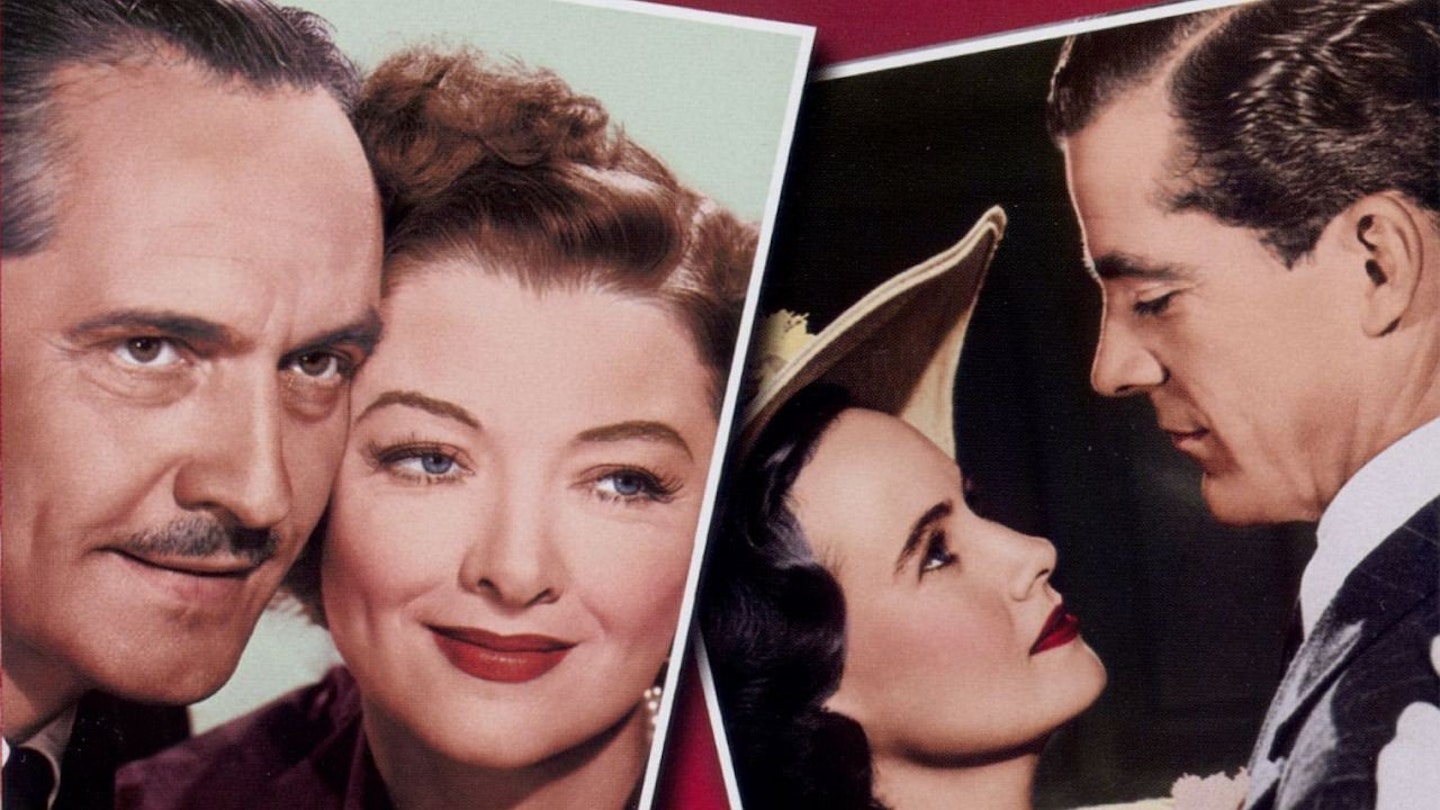Based on MacKinley Kantor's blank verse novel, Glory for Me (which was itself inspired by an article in Time magazine), this sincere, if occasionally melodramatic study of the problems facing America's returning service personnel landed eight Academy Awards, with the debuting Harold Russell becoming the first actor to win two Oscars for the same performance.
But while producer Samuel Goldwyn was instrumental in its commissioning, director William Wyler always considered this an intensely personal project, as he knew something of the psychological pressures of readjusting to civvy street, having seen action with the US Army Air Corps while making the documentaries, Memphis Belle (1944) and Thunderbolt (1945).
Like so many Hollywood veterans returning to studio duty, Wyler was determined to make a statement that proclaimed the changed nature of society. Consequently, he challenged both established visual and storytelling conventions in this audacious achievement, whose cinematic worth has always been overshadowed by its sentimental reception.
The opening segment of the film is almost devoid of plot, as Wyler concentrates on the spaces inhabited by the returning trio to show how three men of contrasting ages, classes and expectations, and who had fought very different wars (Homer had lost his arms in the Navy, Al had been a sergeant in the Army and Fred had participated in bombing raids over Germany), were temporarily more closely bonded together by the common experience of confronting the enemy than they were to the families and friends they had left behind.
However, from the moment they're deposited by taxi, the trio are shown in all the inglorious isolation involved in adjusting from combat to domesticity. What's more, America soon proves to be a land unfit for heroes and their fraught situations are made all the more uncompromising by the fact they're presented in long, deep-focus takes which both enhance the action's realism and keep the audience unwaveringly involved in it.
French theorist André Bazin hailed Best Years a masterpiece of mise-en-scène cinema and its influence would be felt around the world.
